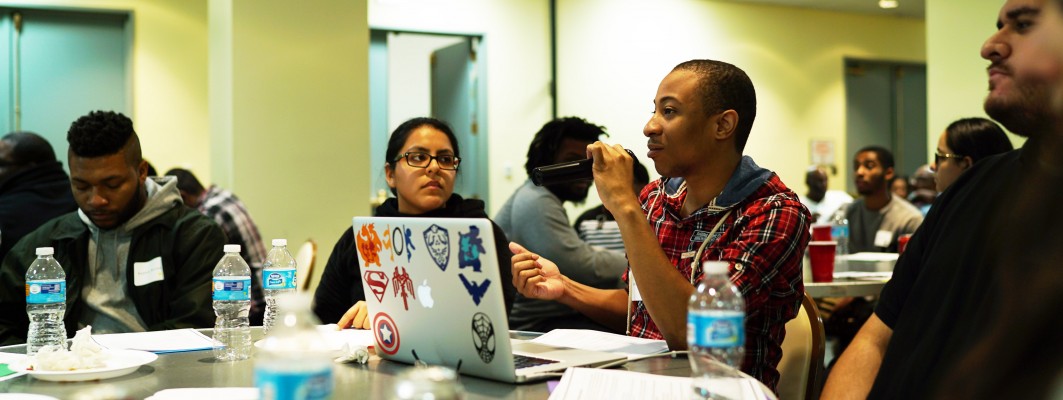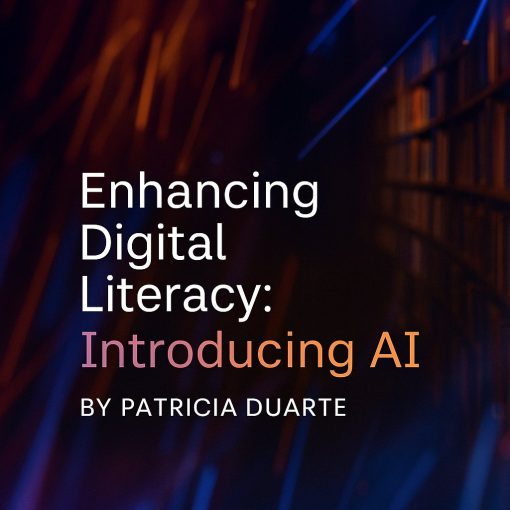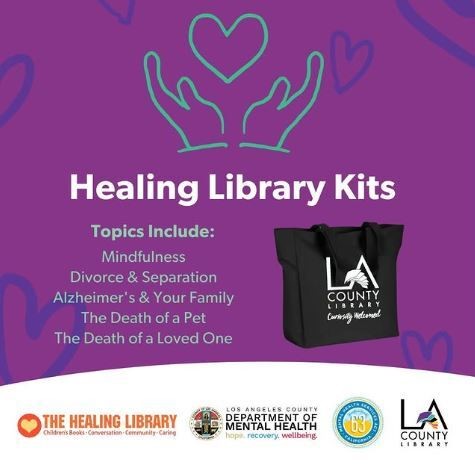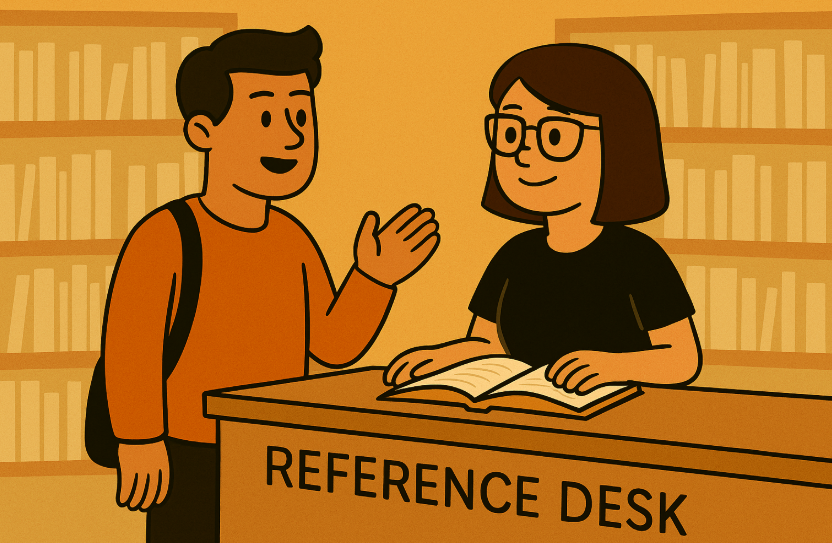
Learning Everywhere
The way people learn today is mostly shaped by their smart devices and social media, where people learn through quick scrolls on TikTok or Instagram or listen to podcasts, YouTube videos, and Zoom meetings that fit easily into their daily routines. This constant stream of content means learning is no longer tied to a classroom or library building. It happens in digital spaces wherever we are. In YLibrary: Infinite Learning, Michael Stephens describes this shift and notes that librarians themselves are adapting by immersing in the same technologies and social spaces their patrons use (Stephens, 2014). But learning does not happen only on screens. It happens through in person conversations, community programs, just the simple act of stepping outside and engaging with others. In Library Emoji, Stephens reminds us that libraries have evolved from quiet warehouses into collaborative environments shaped by imagination, connection, and play (Stephens, 2016). Both these articles show how learning flows between both the digital and physical world. Someone might discover a library resource in a short video and explore it further in person, or start checking books out at libraries but then discover ebooks and online catalogs. As people move fluidly between these spaces finding out what works best for them, the role of the library is to support learning wherever it occurs and this is by integrating mobile and library experiences.
In Chicago Public Library: The Library as a Gateway to 21st Century Skills, Martinez Cabrera describes the CyberNavigator program as a direct response to the modern learning needs of patrons. CyberNavigators offer in person support with digital literacy, job searches, basic computer tasks, and anything else a patron may need to navigate an online world. The article highlights how essential these skills have become and explains that digital literacy is no longer an option but the foundation for participating in education, work, and daily life. In another article, Sensory Spaces, the authors show how some libraries turn learning into a physical and sensory experience by letting children explore sound, light, touch, and movement in intentionally designed environments for all abilities. They write that “children learn through play and discovery,” reminding us that hands-on learning supports early literacy and builds confidence for young learners (Public Libraries Connect, 2018). We also see examples of how library technology supports learning in ways that feel personal and meaningful. In Kansas Teen Uses 3D Printer to Make Hand for Boy, Williams (2014) shares how a teen used his public library makerspace to design, print, and assemble a prosthetic hand for a younger child, turning what began as a simple learning project into something that genuinely impacts another person’s life. All of these examples explain how libraries can help people learn in ways that help them feel connected with others, whether that learning involves navigating a screen, exploring a sensory space, or creating something that changes another person’s life.
Looking Ahead
 across all of these examples and ideas, I keep coming back to how shared this learning ecosystem really is. The Pew report Adults with Tech Access Tools Are More Likely to Be Lifelong Learners and Rely on the Internet to Pursue Knowledge shows that adults who lack home broadband rely far more on community institutions such as libraries when they want to learn something new (Horrigan, 2016). That finding says a lot about where libraries stand today. Learning everywhere sounds universal, but the truth is that many people cannot fully participate in that world without support. This gap becomes an opportunity for libraries to step in, respond to what people need, and shape services that fit the realities of their daily lives. For librarians, this shift means paying close attention to how people are actually learning in the world around us. When someone needs help filling out a form on their phone or navigating a job portal, it shows that learning now happens in fragments across devices, conversations, and quick moments of need. Meeting people where they are is no longer just a phrase, it is the work. Adapting to changes does require librarians to keep learning too and adapting to new tools, new platforms, and new ways people communicate in order to better serve the changing needs of their communities.
across all of these examples and ideas, I keep coming back to how shared this learning ecosystem really is. The Pew report Adults with Tech Access Tools Are More Likely to Be Lifelong Learners and Rely on the Internet to Pursue Knowledge shows that adults who lack home broadband rely far more on community institutions such as libraries when they want to learn something new (Horrigan, 2016). That finding says a lot about where libraries stand today. Learning everywhere sounds universal, but the truth is that many people cannot fully participate in that world without support. This gap becomes an opportunity for libraries to step in, respond to what people need, and shape services that fit the realities of their daily lives. For librarians, this shift means paying close attention to how people are actually learning in the world around us. When someone needs help filling out a form on their phone or navigating a job portal, it shows that learning now happens in fragments across devices, conversations, and quick moments of need. Meeting people where they are is no longer just a phrase, it is the work. Adapting to changes does require librarians to keep learning too and adapting to new tools, new platforms, and new ways people communicate in order to better serve the changing needs of their communities.
References
Digital Promise. (2016). Chicago Public Library: The library as a gateway to 21st century skills. https://digitalpromise.org
Horrigan, J. B. (2016). Adults with tech access tools are more likely to be lifelong learners and rely on the internet to pursue knowledge. Pew Research Center. https://www.pewresearch.org/
Martinez Cabrera, G. (2016). Chicago Public Library: The library as a gateway to 21st century skills. Digital Promise.
Public Libraries Connect. (2018). Sensory spaces. State Library of Queensland. https://plconnect.slq.qld.gov.au
Stephens, M. (2014). YLibrary: Infinite learning. State Library of Queensland.
Stephens, M. (2016). Library emoji. Library Journal, 93–95.
Williams, M. R. (2014). Kansas teen uses 3D printer to make hand for boy. The Kansas City Star. https://www.kansascity.com



